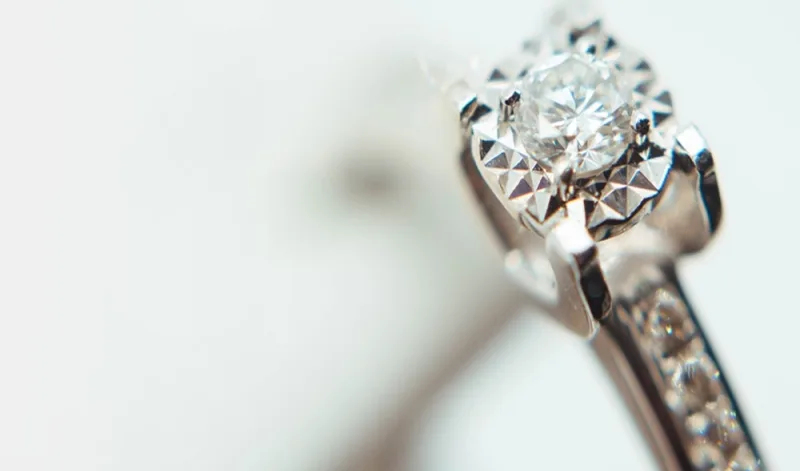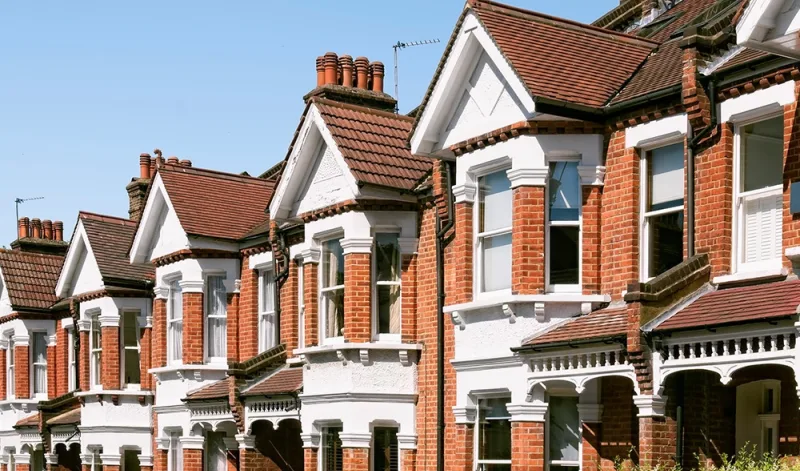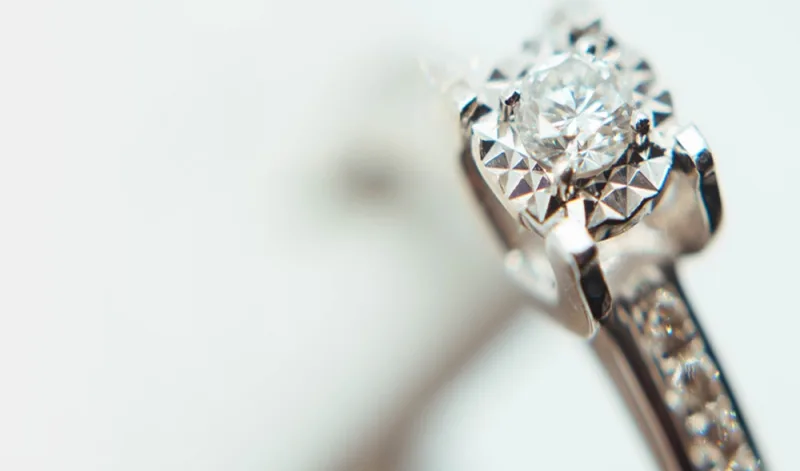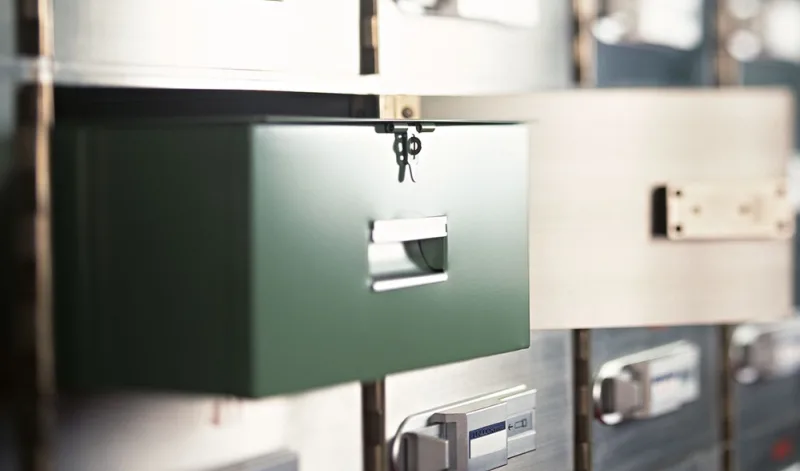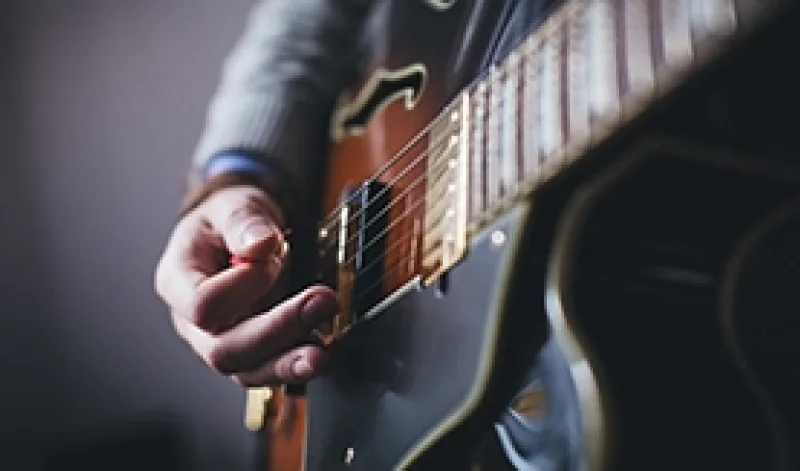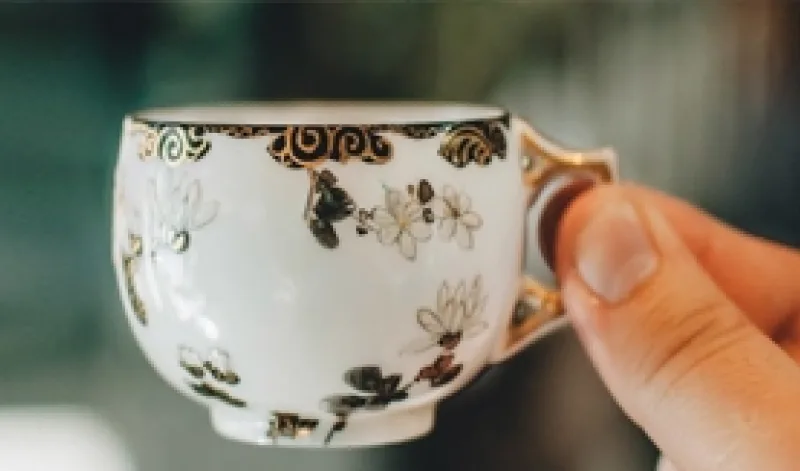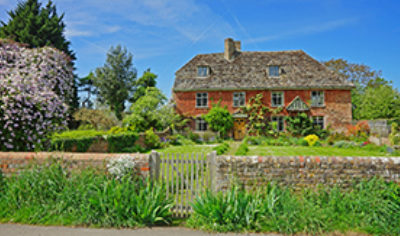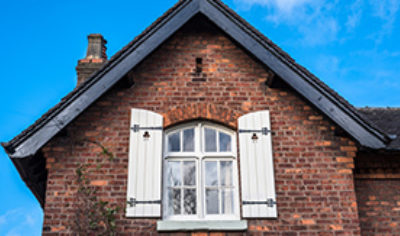What are the four worst trees for causing subsidence?
Any large tree with vigorous growth has the potential to cause subsidence damage if it is close enough to a house. Many trees self seed quite extensively and you may not even notice a sapling growing close to the house. While it is a sapling it won't cause a problem, but some trees can grow very quickly. A tree’s roots will cover a roughly circular area around it; up to about twice its height and that may quickly start to affect the soil under the house. The tree roots will not normally damage the foundations of a house directly but they can increase the likelihood of subsidence when they are combined with a clay soil, which shrinks and swells as moisture content decreases and increases. The tree roots, in their search for water, will increase the drying out of the soil in the surrounding area, and increase the likelihood of the foundations moving and causing subsidence.
Thinking of buying a house with a large tree in the garden?
Not all circumstances in which a tree grows close to a house will give rise to subsidence. Subsidence is more common in clay soils which swell and shrink according to the level of moisture. Houses built since the 1950's generally have deeper foundations to avoid the problems due to drying out of the soil. But if you are thinking of buying a house built pre 1950, and it is in an area of clay soils, you should assess any nearby tree for whether its roots may potentially reach the soil around your house foundations.
Which trees to avoid for subsidence?
Willow trees like damp conditions and a large mature tree is thought to extract around 1000 liters of water a day from its surrounding soil. To cope with dry conditions, the roots are known to span large areas in the search for moisture. In urban areas willow tree roots have been known to invade drains and pipework. Willow trees are best avoided in all but the largest gardens and then only planted well away from the house and any possible pipework.
Poplar trees particularly the large columnar variety are very popular across Europe, they grow very fast and can look hugely impressive swaying in the wind. But like the willow their roots are highly invasive and are known to spread up to 40 meters, again causing problems to any pipes or drains in their path.
There are different varieties of oak trees, but most have shallow spreading roots that may cause damage to house foundations if grown near a house. When mature they can have a very large canopy and the tree requires vast amounts of moisture. The oak tree is responsible for the largest number of subsidence claims in the UK.
The ash tree is another fast growing deciduous tree which prefers moist conditions and whose roots will spread wide distances to find water. Again these are best avoided near houses.
Are there any trees that are suitable to grow near a house?
Small ornamental varieties planted around 15-20 feet from the house should be ok but it is best to seek advice from a qualified arborist before making a decision.

